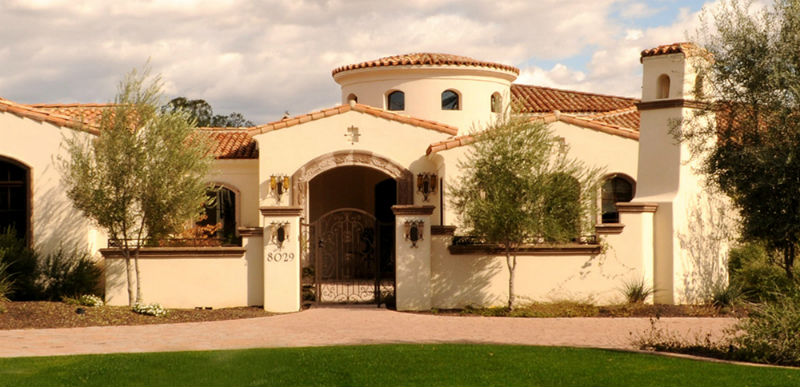Spanish speaking homes are the hot new trend
/Spanish speaking homes are the hot new trend Spanish interior design is a vibrant, colorful Mediterranean style that brings to mind rustic villas, sunny patios and an old-fashioned, solid sense of family. Unlike other design styles, Spanish decor is fairly easy to achieve in your own home.
Spanish architectural elements include wooden support beams, carved corbels, wainscoting with Talavera tiles, terra cotta tile flooring. Fully carpeted spaces are uncommon in Spanish interiors. Generally, a uniform hard flooring surface is installed throughout the home and accented with small throw carpets and large area rugs. Traditional Spanish carpets have a knotted weave in staggered rows. A neutral beige or off-white creates a background for linear-patterned designs in soft greens and yellows. The most traditional flooring choice in a Spanish-style home is hardwood, though budget-conscious designers can choose alternative flooring options such as slate, a heavy, matte-finished ceramic or terracotta tile with dark grout.
Spanish-style homes often use leather and Mission-style dark, distressed wood furnishings. Some common dark wood choices include mahogany, walnut, ebony, butternut, teak and rosewood. Traditional furniture provides a complementary contrast to a Spanish-style home’s soft arches and whimsical architectural elements such as carved wood panels. Choose leather armchairs with straight backs, heavy wooden benches and wood chairs upholstered in woven cotton fabrics. Another element of traditional Spanish style homes are wrought iron work. Wrought iron can be found in almost every room, light fixtures, sconces and stair railings. If you are going for the authentic Mexican style entry hall, include a long wooden bench, bright color paint and accents and wrought iron detail.
The Spanish style interior would not be complete without Talavera tiles, or painted tiles as most know them. Mexican Talavera Tile has its origins in 17th century Mexico with the arrival of Spaniards, who introduced new methods of tile and pottery making. The name Talavera was given to this new form of ceramics to honor the Spanish craftsmen, who were from the town of Talavera DeLa Reina Spain, and introduced the new industry to Mexico. Talavera De La Reina, Spain is a city which has a reputation for its exquisite ceramic pottery and tile. Talavera tiles can be found in Spanish Style homes’ bathrooms, kitchens and as accent around stucco fireplaces.
Make your home speak a foreign language with these interior design tips. For this and more interior design articles follow us on social media.





